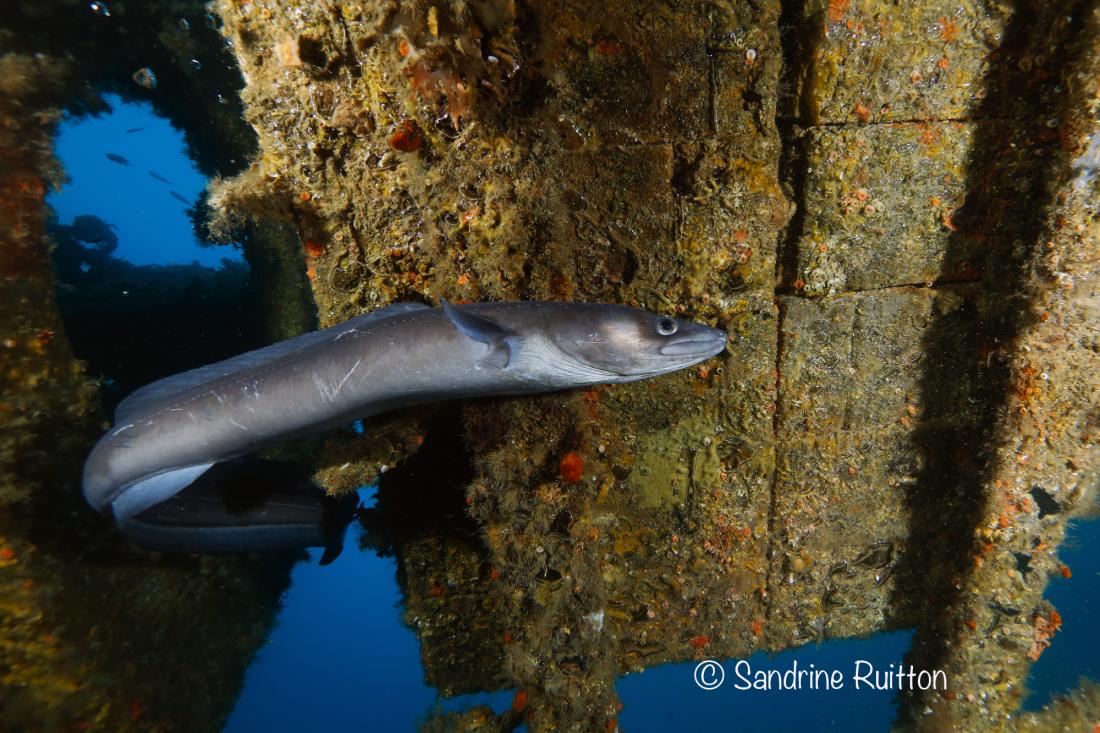- Christensen V., Walters C. J., 2004. Ecopath with Ecosim: methods, capabilities and limitations. Ecological Modelling 172 (2 4): 109 39. doi:10.1016/j.ecolmodel.2003.09.003.
- Debreu L., Marchesiello P., Penven P., Cambon G., 2012. Two-way nesting in split-explicit ocean models: algorithms, implementation and validation. Ocean Modelling, 49-50: 1-21.
- Halpern B.S., Longo C., Hardy D., McLeod K.L., Samhouri J.F., Katona S.K., Kleisner K., Lester S.E., O’Leary J., Ranelletti M., Rosenberg A.A., Scarborough C., R. Selig E.R., Best B.D., Brumbaugh D.R.,,Chapin F.S, Crowder L.B, Daly K.L., Doney S.C., Elfes C., Fogarty M.J., Gaines S.D., Jacobsen K.I., Karrer L.B., Leslie H.M, Neeley E., Pauly D., Polasky S., Ris B., St Martin K, Stone G.S., Sumaila U.R; Zeller D., 2012. An index to assess the health and benefits of the global ocean. Nature 488 (7413): 615 +. doi:10.1038/nature11397.
- Halpern B.S., Walbridge S., Selkoe K.A., Kappel C.V., Micheli F., D’Agrosa C.,Bruno J.F., Casey K.S, Ebert C., Fox H.E, Fujita R., Heinemann D., Lenihan H.S, Madin E.M.P, Perry M.T., Selig E.R., Spalding M., Steneck R., Watson R., 2008. A global map of human impact on marine ecosystems. Science 319 (5865): 948‑52. doi:10.1126/science.1149345.
- Lubchenco J., 1998. Entering the Century of the Environment: A New Social Contract for Science. Science 279 (5350): 491‑97. doi:10.1126/science.279.5350.491.
Récifs artificiels : outils de restauration





